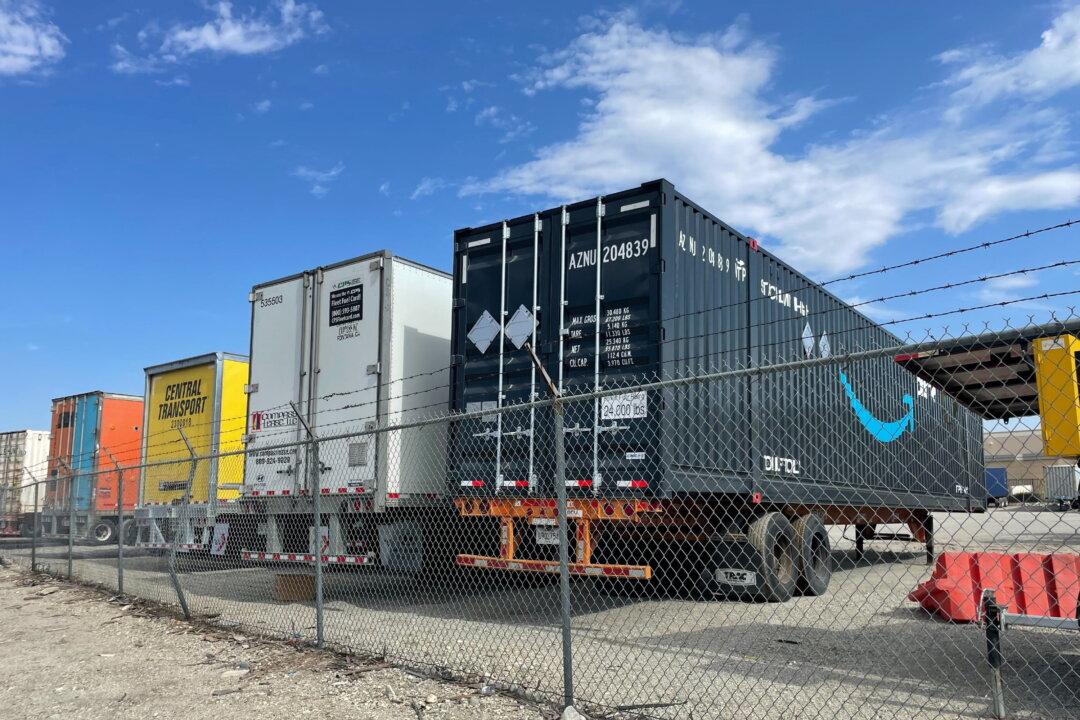The largest warehouse market in the United States is reaching full capacity after several months of slowing retail sales, suggesting that the long-anticipated “bullwhip effect” may be starting to take hold of domestic markets.
In the Inland Empire, the largest warehouse distribution market in the United States, warehouse vacancies have reached a low of 0.6 percent. The region’s sprawling warehouse complexes have been suffering under the burden of unwanted goods as the economy slows down—a foreboding sign for distributors across the country, who may soon find a glut of goods and a scarcity of warehouse capacity to house these goods in want of a purchaser.





